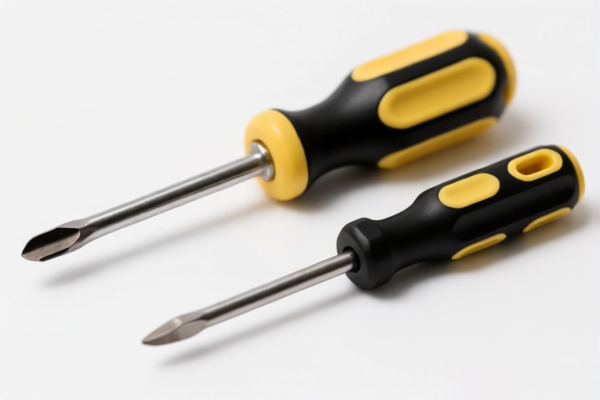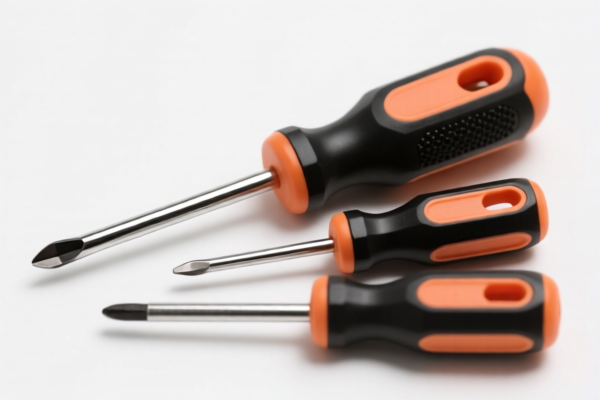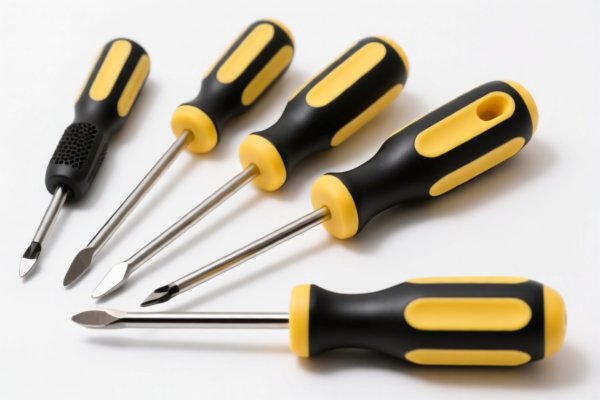| HS Code | Official Doc | Tariff Rate | Origin | Destination | Effective Date |
|---|---|---|---|---|---|
| 7315110005 | Doc | 80.0% | CN | US | 2025-05-12 |
| 7315110005 | Doc | 80.0% | CN | US | 2025-05-12 |
| 7326110000 | Doc | 80.0% | CN | US | 2025-05-12 |
| 7326908688 | Doc | 82.9% | CN | US | 2025-05-12 |
| 8308909000 | Doc | 57.7% | CN | US | 2025-05-12 |
| 8308903000 | Doc | 55.0% | CN | US | 2025-05-12 |
| 8301406060 | Doc | 43.2% | CN | US | 2025-05-12 |
| 8301500000 | Doc | 40.6% | CN | US | 2025-05-12 |
| 9506910030 | Doc | 42.1% | CN | US | 2025-05-12 |




Carabiner Set
A carabiner set (often simply called a carabiner set or locking carabiner set) is a collection of carabiners, typically including both locking and non-locking varieties, used in various activities requiring secure connection points.
Material:
- Aluminum Alloy: The most common material due to its high strength-to-weight ratio. Different alloys (e.g., 7075-T6) offer varying levels of strength and durability.
- Steel: Heavier than aluminum, steel carabiners offer increased durability and resistance to wear and corrosion, often used in more demanding applications or where impact resistance is critical.
- Stainless Steel: Offers superior corrosion resistance, making it suitable for marine or highly humid environments.
Purpose:
The primary purpose of a carabiner set is to connect climbing ropes to harnesses, anchors, quickdraws, and other gear. They provide a secure, reliable link in a fall arrest system or load-bearing configuration. They are also used in industrial applications, rescue operations, and general-purpose rigging.
Function:
Carabiners function as gated connectors. The gate opens and closes to allow for quick attachment and detachment of ropes, slings, or other components. The shape of the carabiner (D-shape, offset-D, HMS) and the locking mechanism (screw-lock, twist-lock, auto-lock) influence its strength, usability, and intended application.
Usage Scenarios:
- Rock Climbing: Connecting ropes to anchors, quickdraws, belay devices, and harnesses.
- Mountaineering: Similar to rock climbing, but often involving more varied and extreme conditions.
- Canyoning: Connecting ropes to anchors and rappelling devices.
- Rescue Operations: Building anchors, creating hauling systems, and connecting to patients.
- Industrial Rigging: Lifting and securing loads in construction, maintenance, and other industrial settings.
- Work Positioning: Connecting lanyards to harnesses for safe work at height.
Common Types:
- D-Shaped Carabiners: Most common shape, offering a strong, versatile design. The load is applied along the spine, maximizing strength.
- Offset-D Carabiners: Similar to D-shaped but with a wider gate opening for easier clipping.
- HMS (Helmets, Mounts, Screws) Carabiners: Designed with a wider opening and rounded shape, ideal for use with belay devices and for creating friction hitches.
- Auto-Lock Carabiners: Feature a spring-loaded gate that automatically locks when closed. Convenient but require regular inspection and maintenance.
- Screw-Lock Carabiners: Require manual threading of a sleeve to lock the gate. Offer a high level of security but require careful locking and unlocking.
- Twist-Lock Carabiners: Feature a rotating sleeve that locks the gate when twisted. Offer a balance of convenience and security.
- Non-Locking Carabiners: Simpler design without a locking mechanism. Used for quick connections where a fall hazard is minimal (e.g., racking gear).
Key Considerations:
- Strength Rating: Carabiners are rated for strength in different directions (major axis, minor axis, gate strength). Ensure the carabiner's rating meets the requirements of the intended application.
- Gate Opening: Choose a carabiner with a gate opening large enough to accommodate the ropes, slings, or other components being used.
- Locking Mechanism: Select a locking mechanism appropriate for the level of security required and the user's experience.
- Regular Inspection: Regularly inspect carabiners for cracks, deformation, and proper functioning of the locking mechanism. Retire any carabiner that is damaged or malfunctioning.
- Compatibility: Ensure carabiners are compatible with other gear being used.
Based on the provided information, carabiner sets fall under articles and equipment for general physical exercise, gymnastics, athletics, or outdoor games.
Here are the relevant HS codes:
- 9506910030: Other: Articles and equipment for general physical exercise, gymnastics or athletics; parts and accessories thereof Other. This HS code covers articles and equipment used for physical exercise, gymnastics, or athletics, including parts and accessories. A carabiner set, used in climbing or other athletic activities, would fall under this classification. The first two digits (95) indicate Chapter 95, which covers miscellaneous manufactured articles. The next two digits (06) represent Heading 06, covering articles and equipment for physical exercise, gymnastics, or sports. The final digits (910030) specify the subheading for other articles and equipment within this category.
- Tax Rate Details: Basic tariff: 4.6%, Additional tariff: 7.5%, Additional tariff after 2025.4.2: 30.0%, Additional tariff for steel and aluminum products: 25%.
- Total Tax Rate: 42.1%.
Regarding HS code 9506910030, please note the additional tariff of 25% applicable to steel and aluminum products. It is important to verify the material composition of the carabiner set to determine if this additional tariff applies.
Customer Reviews
I found the explanation of the 5% tariff rate very clear and useful for calculating my export costs. This page is a must-visit for anyone dealing with US exports.
The information on plastic builder’s doors was spot-on. I would have liked to see more examples of similar products and their classifications, but overall it was helpful.
Great resource for understanding HS Code 3925 and the associated tariffs. The page is well-organized and very informative for exporters.
The trade details section was helpful, but I was a bit confused about the exact application of the 5% tariff. Still, it gave me a good starting point.
This page saved me hours of research. The HS Code details for plastic builder’s doors are clear and specific. Highly recommend it to anyone exporting.